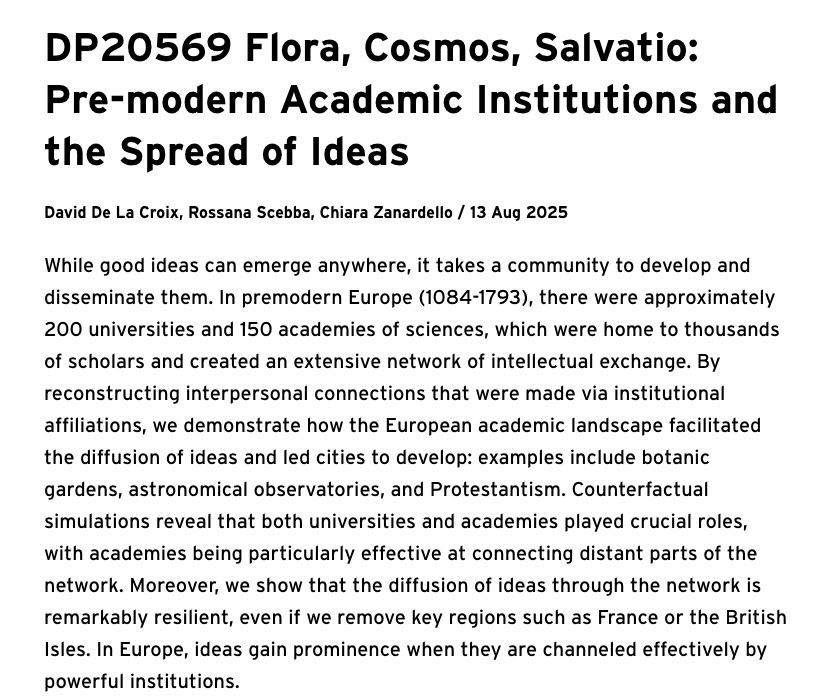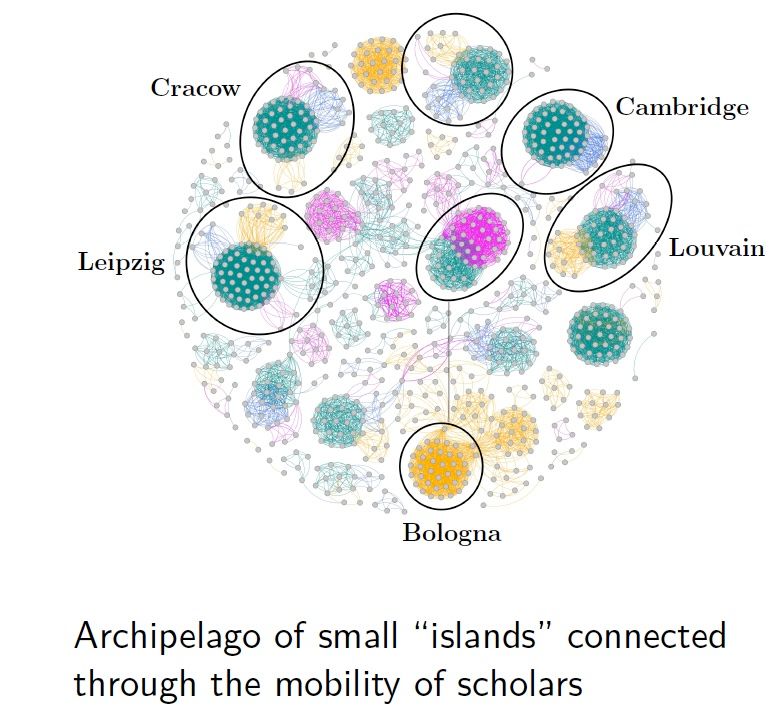
We do not foresee a viable middle ground between the two lanes. It needs to be assumed that any assessment outside lane 1 (i.e. that is un-secured) may (and likely will) involve the use of AI.

Higher Education Research & Development
The two-lane road to hell is paved with good intentions: why an all-or-none approach to generative AI, integrity, and assessment is insupportable
Guy J. Curtis
ABSTRACT
A ‘two-lane’ (All-or-None) approach to the use of generative artificial intelligence (genAI) is the idea that there should be two categories of assessments in higher education: Lane 1/None: where the use of genAI is prohibited, and Lane 2/All: where any use of genAI is permitted. This idea has been thoughtfully detailed and continues to be debated. Although this idea is generally well-intentioned, in this comment piece I argue that, if implemented, it will promote an impoverished approach to education and educational assessment. One argument often invoked in favour of an All-or-None approach is that genAI use may sometimes be undetectable. Contract cheating (e.g., students outsourcing assessments to ghostwriters) is sometimes undetectable, yet an argument that there should be an All-or-None approach permitting contract cheating in some assessments is clearly absurd. An All-or-None approach to genAI and assessment is also absurd. A middle lane, where genAI use in assessments is allowed with some limitations, is essential.
U Auckland Faculty of Science is moving to a "two-lane" approach to assessment in the age of AI (educational-innovation.sydney.edu.au/teaching@syd...). Having read this critique (doi.org/10.1080/0729...), this seems like a bad idea to me. Any others moving/already moved to this approach have advice?
21.08.2025 01:27 — 👍 3 🔁 3 💬 1 📌 0

Auckland Transport are very worried about Things.
02.08.2025 02:27 — 👍 1 🔁 0 💬 0 📌 0
Hello, I do!
24.07.2025 21:50 — 👍 0 🔁 0 💬 0 📌 0
Experiment
My colleague Sam Schwarzkopf is looking for participants in an online study of mental imagery:
"We are researchers at the School of Optometry & Vision Science at the University of Auckland. If you are aged 16 years or older, we invite you to take part in an online experiment: tstbl.co/820-917 "
10.07.2025 22:33 — 👍 3 🔁 2 💬 0 📌 0
Thanks organisers for a great EPC/APCV (and congrats student prize winners). This year set a high bar for us, but we're looking forward to hosting both meetings next year in Auckland! #epc2026
21.06.2025 02:38 — 👍 7 🔁 0 💬 0 📌 0
Oh thank you! Hm this still looks super glossy (and/but deeper) when fused to me. Similar in VR I get the illusion strongly for a 2d or 3d object, but goes away if I can move the object (participants don't agree with me on that last bit)
We haven't asked about relief, only gloss. Wd be interesting.
20.06.2025 21:56 — 👍 0 🔁 0 💬 0 📌 0
Oh hey @maartenw.bsky.social good to see you on Bluesky! Check out the poster above. Your gloss illusion works well in VR and is strongly geometry dependent. But our Ss persist in seeing it even when they have stereo info and can move the object. Planning expt v3 where I hope to finally break it!
20.06.2025 06:58 — 👍 0 🔁 0 💬 1 📌 0

Here's the poster:
20.06.2025 02:47 — 👍 3 🔁 0 💬 1 📌 0
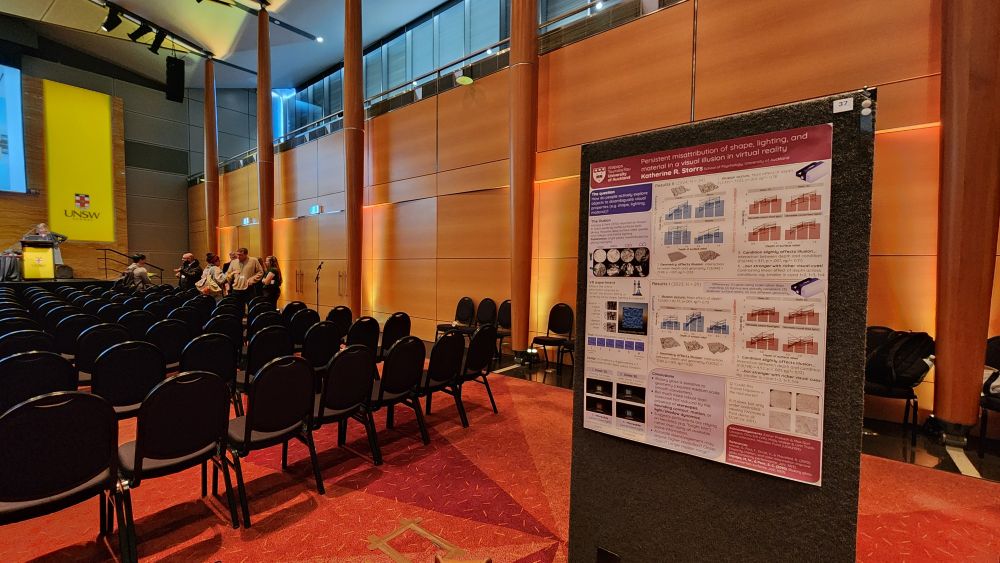
I'm poster 37 this afternoon at #epc2025 if anyone wants to hear about a material perception experiment in VR that is not working out how I'd expected 😅
20.06.2025 02:45 — 👍 21 🔁 3 💬 2 📌 0
Gene Tang @genetang.bsky.social will be talking about this project in stream 2 today (main room, 11-12:30) @expsyanz.bsky.social #epc2025
Would love to hear people's thoughts!
17.06.2025 21:51 — 👍 8 🔁 2 💬 0 📌 0
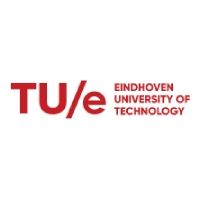
PhD on Metascience
I am hiring a PhD student on the meaningful interpretation of effect sizes as part of my VICI funded project. This is a 4 year paid position in a welcoming and collaborative environment. Find out more or apply at www.tue.nl/werken-bij-t...
23.04.2025 22:23 — 👍 66 🔁 64 💬 0 📌 2
It was actually a conversation with Sarah Weigelt a year ago about that patient which gave us the idea for this project!
Sarah was asking what kind of DNN model might show similar deficits and I was like "....most of them, I reckon?"
17.04.2025 21:54 — 👍 2 🔁 0 💬 1 📌 0
One way of looking at these results is as a snapshot of which visual tasks are easy vs hard to learn from massive human-generated web corpora of text-and-image pairs.
It's interesting too that human vision, trained on natural images, generalises effortlessly to simplified lines, gabors, and shapes.
17.04.2025 08:35 — 👍 10 🔁 0 💬 0 📌 0

Figure 2 - human-relatively performance on all tests.
tldr: VLMs match or beat human performance in what vision science considers complex, high level visual tasks (face and object recognition) but struggle with low and mid level tasks (length, orientation, texture, occlusion).
We see "clinical deficits" (<2SD below human norm) on most "simple" tasks.
17.04.2025 08:26 — 👍 8 🔁 0 💬 1 📌 0
Oh this looks like an extremely useful guide for new lab members, thanks all!
17.04.2025 07:10 — 👍 2 🔁 0 💬 0 📌 0
All plants, left long enough, will tend towards a brassica.
This is the way the world ends — not with a bang, or a whimper, but with a crab atop its cabbage throne.
20.01.2025 01:02 — 👍 9 🔁 0 💬 0 📌 0
Interviewer: Can you explain this gap in your resume?
Vision scientist: So it doesn't modally complete for you? Try covering one eye.
22.12.2024 02:18 — 👍 40 🔁 4 💬 2 📌 0
Phrased very broadly there. But they're probably not wrong that providing input to a CNN in the form of nicely structured receptive field responses is better than random RF responses (their random control) or raw pixels (their alex/google nets), at least when you have v limited training time & data.
16.12.2024 03:54 — 👍 8 🔁 0 💬 0 📌 0
Devil's Finger - a stinky native fungus!
16.12.2024 02:13 — 👍 1 🔁 0 💬 0 📌 0


If you're in Auckland, quick — go look under the trees outside the Science Centre on Symonds St!
Some excellent body horror going on in the flowerbeds.
15.12.2024 23:34 — 👍 6 🔁 0 💬 1 📌 0
Wow! I knew retinal blood vessels are often smaller than white blood cells (~12 microns) because WBCs getting temporarily stuck are the cause of Blue Sky Sprites - the tiny whizzing white dots you see against a bright blue sky.
But red blood cells are even smaller (~7 microns, apparently).
12.12.2024 02:17 — 👍 21 🔁 6 💬 0 📌 0
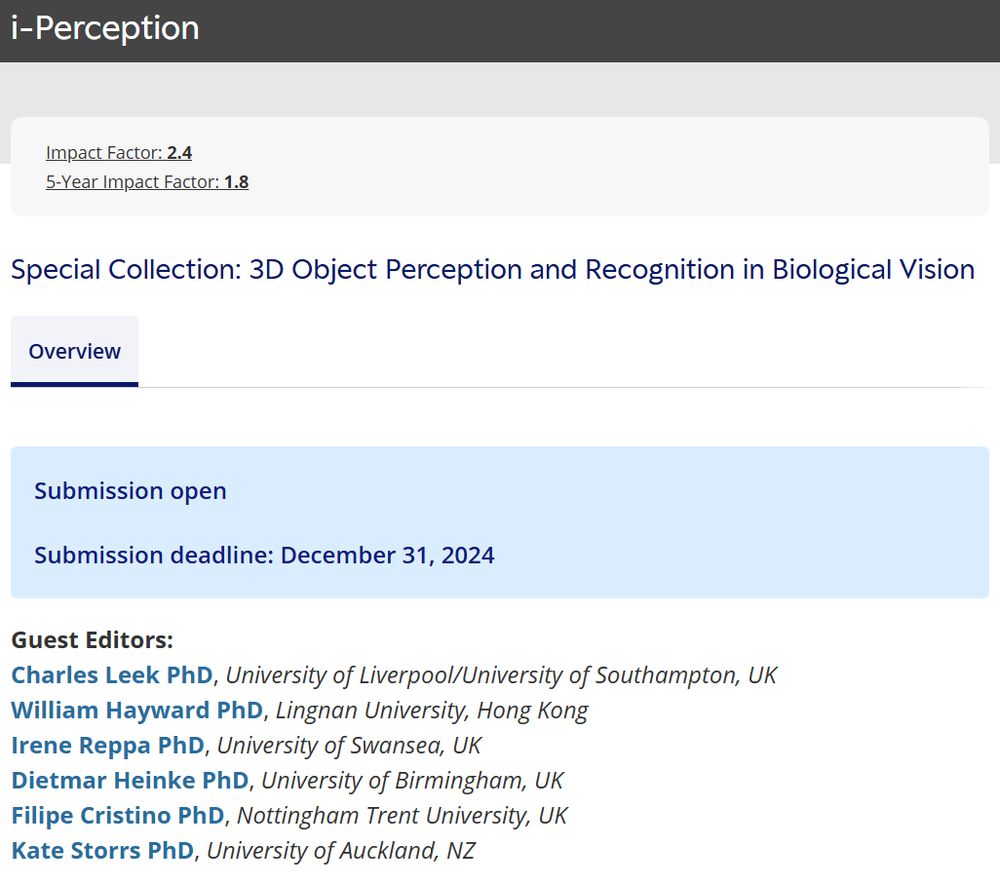
I'm editing a special issue of i-Perception (@pec-ipe.bsky.social) on 3D objects and shape.
Please consider us if you're currently wondering where to send that object recognition or mid-level shape project!
And get in touch if you're interested but would need more time.
bit.ly/ipe-objects
12.12.2024 01:33 — 👍 22 🔁 10 💬 2 📌 0
I promised to write about my thoughts on the status of the field of neuroAI, some of the big challenges we are facing, and the approaches we are taking to address them. This is super selective on the topic of finding a good model but in my view it affects the field as a whole. Here we go. 🧵
11.12.2024 22:18 — 👍 142 🔁 47 💬 2 📌 6
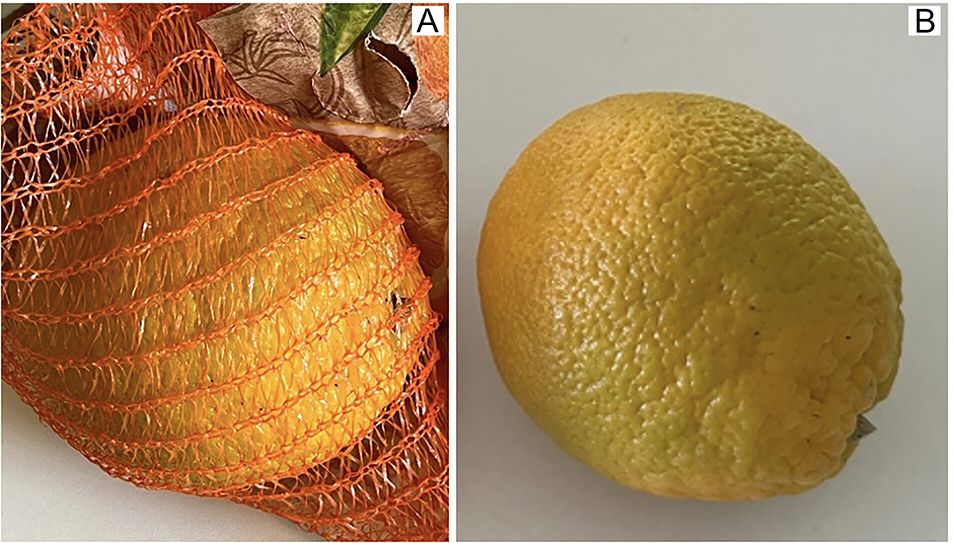
(A) Unripe green orange within an orange net, (B) same orange in isolated view
Congratulations to Karl Gegenfurtner who won the 2024 Pineapple Science Award in Psychology (kind of Chinese “Ig Nobel”) for his work on how oranges can be perceptually ripened, that was published in i-Perception!
journals.sagepub.com/doi/10.1177/...
04.12.2024 15:33 — 👍 24 🔁 6 💬 1 📌 0

I'm at the @acnsau.bsky.social conference #ACNS2024 here in Newcastle (hi if you're also here!). There's a very perceptually interesting water sculpture in the gardens just across from the town hall and venue!
26.11.2024 08:35 — 👍 7 🔁 0 💬 0 📌 0
Aging freak who fell in love with the history of science and now resides mostly in 16th century Nürnberg.
I bleat about the history of global economic development
https://pseudoerasmus.substack.com/
https://pseudoerasmus.com
https://medium.com/@pseudoerasmus
VSAC 2025, Germany (21st - 23rd August)
Website: https://2025.vsac.eu/
The beautiful visualization of Michele Banks
The GestaltReVision Lab aims to integrate Gestalt insights into the current understanding of human visual processing and aesthetic appreciation.
PI: Prof. Johan Wagemans 🌐 gestaltrevision.be
interested in the evolution of life and languages
Locations
https://ecoevo.social/@kirt
twitter.com/evolving_string
Western Pacific 🌏
Just a bunch of crabs in a trench coat, but also a professional marine biologist. My social media is separate from, and does not represent, my employer. Please bring croissants 🥐
https://linktr.ee/rebeccarhelm
Professor @ CU Boulder. 🇯🇵 Self-regulation of thought, behavior, & motivation (e.g., procrastination, self-control, mind-wandering, repetitive negative thinking, habits). Improving student learning. 1st-gen. A proud cat daddy🐱 Go Seattle Mariners 🔱
Associate Prof at University of Amsterdam. Cognitive psychology/neuroscience. Consciousness, decision making, arousal states. PI in the consciousbrainlab.com
Psychology everywhere! • Friendly neighborhood psychology professor • Empowerment through education • Researching attention, memory, & emotion at UNSW Sydney • A little piece of NJ Down Under • Teaching through excitement about other people's dreams
Associate professor @ Industrial Design Engineering TU Delft, director of Pictorial Research Lab
Psychologist and neuroscientist at UCL https://metacoglab.org
Author, Know Thyself (2021) https://metacoglab.org/book
Dad and assistant to the Diplomat
"On the appropriate day (unless, as was frequently the case, there had been some stupid mistake in programming) the right message would be automatically flashed to its destination."
Computer user in Brisbane, Australia.
Bio in link: https://trog.qgl.org
scientist at UW-Madison: vision science, psychophysics, visual neuroscience, consciousness, integrated information theory
https://sites.google.com/site/amhaun01/
Assistant professor in cognitive (neuro)science at Utrecht University (The Netherlands), interested in consciousness, working memory, attention, and perception.
Head of the CAP-Lab: http://www.cap-lab.net
ORCID: 0000-0001-9728-1272
Philosophy of AI and Mind, but with a historical bent. Baruch College.
My dog is better than your dog.
https://www.jacob-browning.com/
PhD candidate researching brain rhythms in vision. Psychophys, comp modelling, & EEG. Brisbane, Australia.
Recurrent computations and lifelong learning.
Postdoc at IKW-UOS@DE with @timkietzmann.bsky.social
Prev. Donders@NL, CIMeC@IT, IIT-B@IN
Visiting researcher at Meta FAIR, PhD candidate at Mila and Université de Montréal. Working on multimodal vision+language learning. Català a Zúric.
|| assistant prof at University of Montreal || leading the systems neuroscience and AI lab (SNAIL: https://www.snailab.ca/) 🐌 || associate academic member of Mila (Quebec AI Institute) || #NeuroAI || vision and learning in brains and machines
Research Assistant @FU Berlin. Interested in Cognitive Computational Neuroscience
